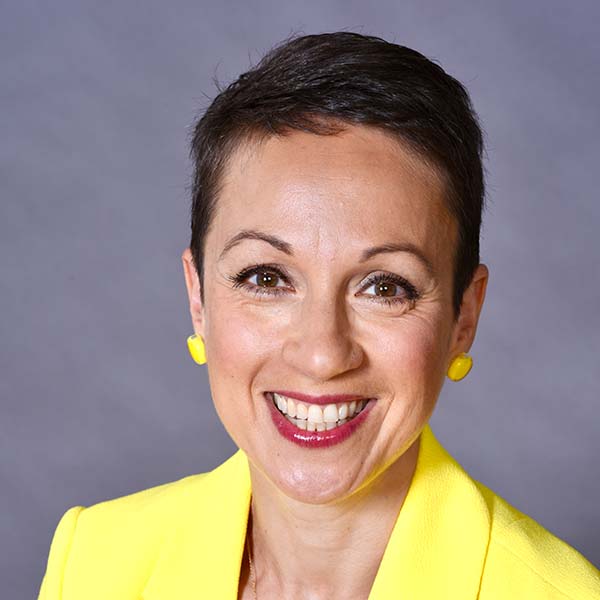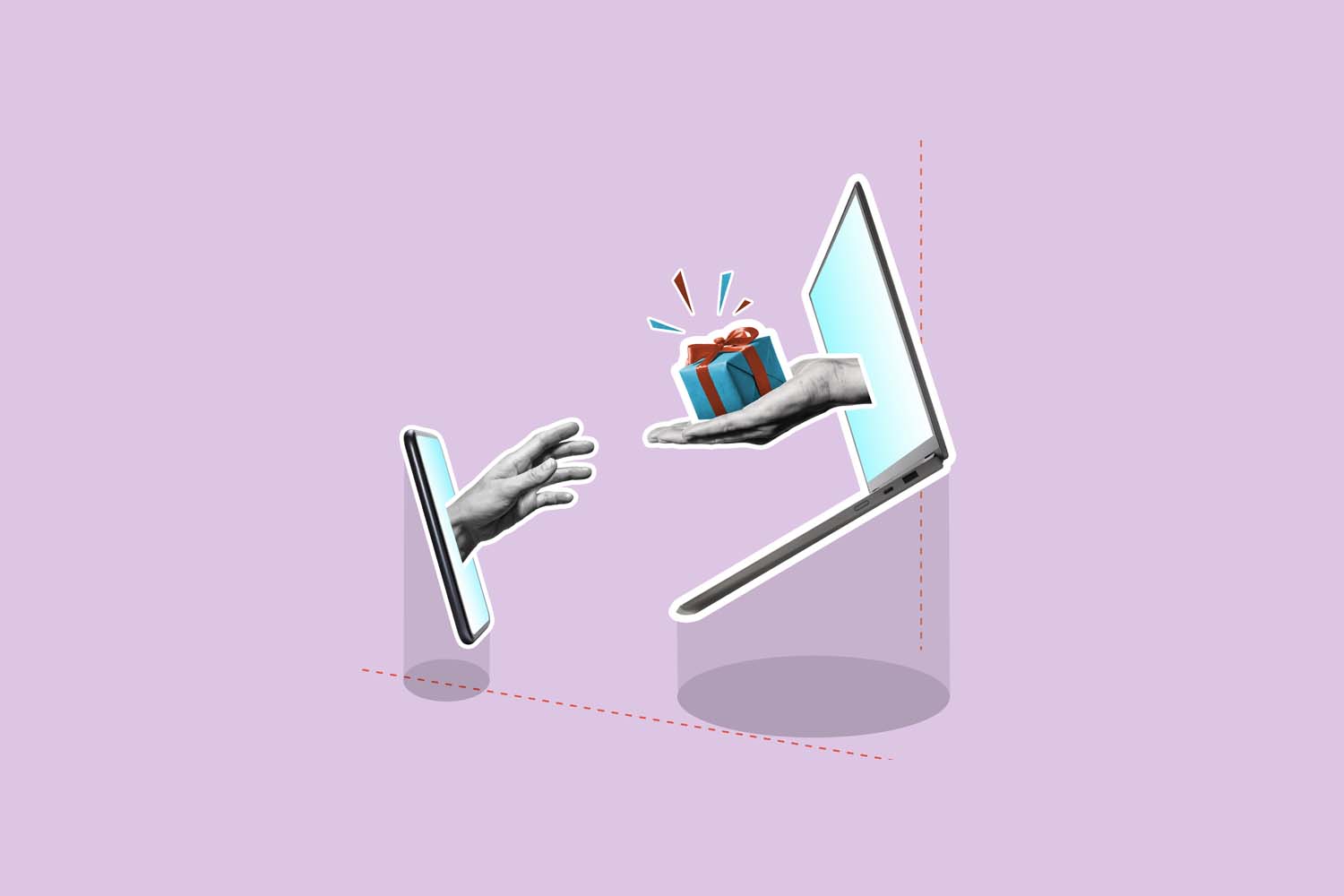If the top performers on your team have fallen silent and burnout abounds, it may be time to turn inward. Emotions and mindsets are contagious, and your team may be mirroring your exhaustion.
“The most contagious relationship is between a leader and your direct reports,” says Nataly Kogan, an emotional fitness coach and author. “Leaders tell me that, ‘I feel it’s selfish to take care of myself. I really want to focus on my team.’ That’s the research I bring to them and tell them, ‘Okay, so you’re ignoring yourself. You’re stressed out… That’s what you’re spreading to your team.’”
Savvy execs will tackle burnout on a personal level before the symptoms seep into an organization’s culture. Wondering where to start? The answer doesn’t lie in big vacations or grandiose acts of self-care. Kogan’s book “The Awesome Human Project” recommends execs look at burnout on a microscale — starting with a daily wellness check-in.
“The most important thing is to practice daily awareness so that you’re becoming aware if you’re burning out daily, so that it doesn’t snowball into something that’s much more complex,” Kogan says. Daily signs of burnout include a growing resentment to tasks at work and social withdrawal — both in the office and within your personal life.
Kogan’s book is based on cognitive research and her burnout journey. Kogan has held positions at McKinsey & Company and Microsoft. She has also been a founding team member of five startups. The daily stress led to burnout so intense that Kogan says she took two years to recover. Today, Kogan is CEO of the coaching practice Happier, which coaches executives on how to avoid burnout and build resiliency.
Read Kogan’s full interview with Senior Executive Media for tips you can practice to avoid burnout.

“The most important thing is to practice daily awareness so that you’re becoming aware if you’re burning out daily.”
Nataly Kogan, Author of “The Awesome Human Project”
Senior Executive Media: How can execs know if they’re experiencing burnout? What are the signs that people should look out for?
Nataly Kogan: It’s good to remember that we all experience it differently. [But here are] a couple of common symptoms…
- Feeling like you’re on empty all the time. By the end of the day, that feeling like “I’ve nothing, nothing left to give,” but usually, we keep pushing.
- Growing resentful of your work, even though you love your work, and you generally enjoy it…
- The other flip side of that resentment is feeling really resentful when you’re working, that you’re not doing something else. You actually feel a deep sense of resentment, that you’re doing work and you want to be somewhere else.
- Withdrawing from social interactions, because social interactions take energy. When we’re burning out, we don’t have energy.
- This general feeling of dread.
We’re all entitled to a bunch of bad days. That’s normal. But if you’re finding yourself, every day, just dreading your daily experience — those are some really good warning signs to pay attention to.
Senior Executive Media: What’s an exercise an exec can do to help tackle burnout?
Nataly Kogan: One of the executives who is in my leadership group said something really insightful. She said, “I used to think of self-care as squeezing in nice experiences into an overwhelmed life. And I always wondered why it doesn’t do anything for me. All the articles say I just need to take a weekend off.” If we’re perpetually on empty, a little drop isn’t going to add much. But if you’re on a daily basis [taking care of] yourself, well, then it doesn’t take as much.
Do what I call a mini fuel-up. Put it on your calendar. It’s really important to block the time — 10 minutes, 15 minutes, if you can do it. Five minutes is great if you don’t have [longer]. … Ask yourself, what is something I can do in the five or 10 minutes that I have to refuel? Maybe it’s a walk outside. Maybe just get up and walk around. It’s really important to not be staring at a screen. Maybe you go get your favorite snack. Maybe you read a couple pages out of a book you enjoy. It’s like going to a fuel station to refuel your energy reservoir.
People on your team, they will model your behavior. So talk as a leader about how you’re taking breaks, what you’re doing to fuel your energy.
The second thing is to create these practices as a team. So I just talked about a mini fuel-up. Do this as a team. If you have an hour meeting every week, cut it 10 minutes short; tell everyone to go do a mini fuel-up, and tell them to tell you what they did to create that accountability. Talk about energy, feelings, emotional fitness, how people are practicing self-care… We talk about projects, priorities, tasks. Ask people you work with, “Hey, what are you doing for self-care this week?” Normalize it within your conversations at work.






